by Abrahm Lustgarten, ProPublica - November 9, 2009 5:10 am EST
The information comes from New York's Department of Environmental Conservation, which analyzed 13 samples of wastewater brought thousands of feet to the surface from drilling and found that they contain levels of radium-226, a derivative of uranium, as high as 267 times the limit safe for discharge into the environment and thousands of times the limit safe for people to drink.
The findings, if backed up with more tests, have several implications: The energy industry would likely face stiffer regulations and expenses, and have more trouble finding treatment plants to accept its waste -- if any would at all. Companies would need to license their waste handlers and test their workers for radioactive exposure, and possibly ship waste across the country. And the state would have to sort out how its laws for radioactive waste might apply to drilling and how the waste could impact water supplies and the environment.
What is less clear is how the wastewater may affect the health of New Yorkers, since the danger depends on how much radiation people are exposed to and how they are exposed to it. Radium is known to cause bone, liver and breast cancers, and the EPA publishes exposure guidelines for it, but there is still disagreement over exactly how dangerous low-level doses can be to workers who handle it, or to the public." More>>>>


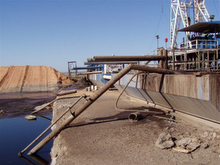



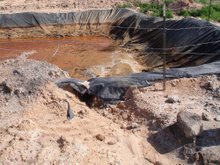

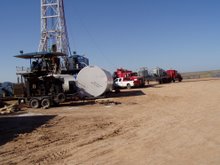
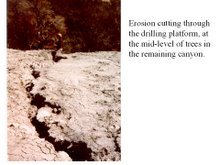
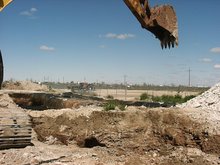
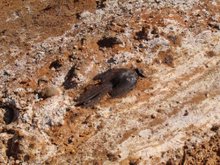
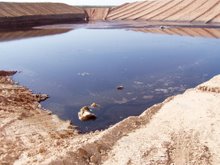
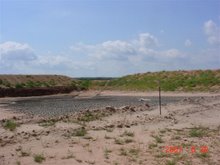
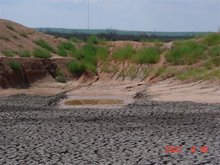
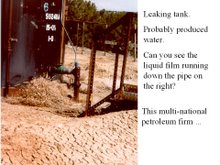
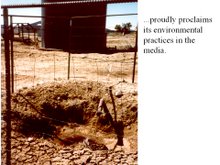
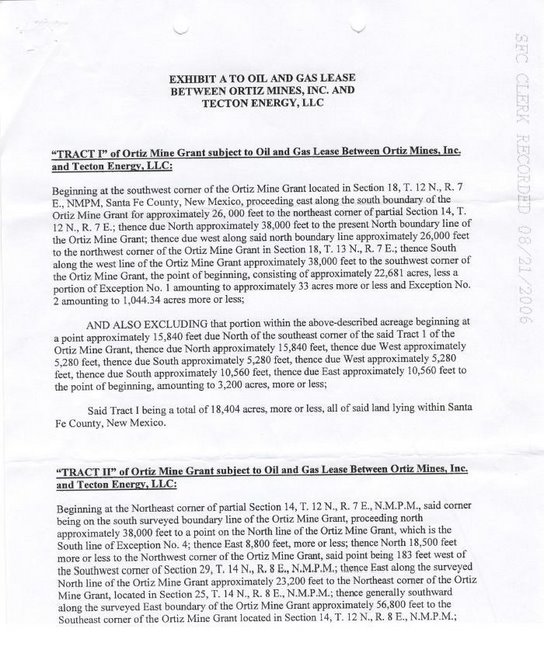
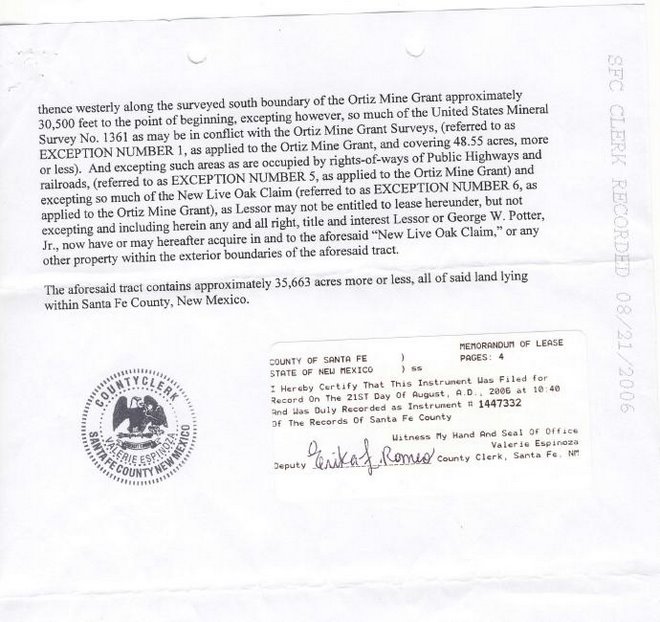
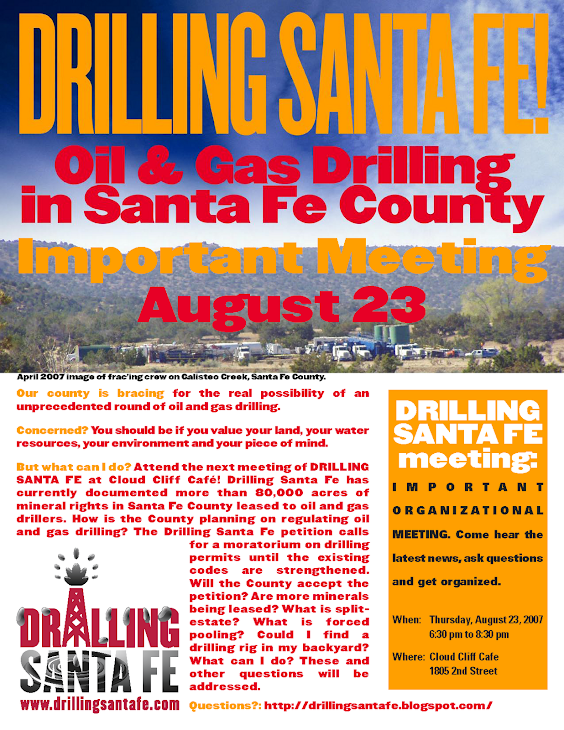

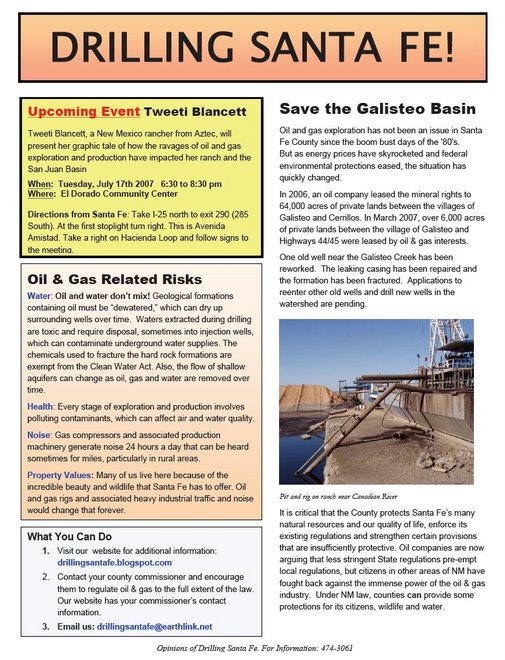

No comments:
Post a Comment